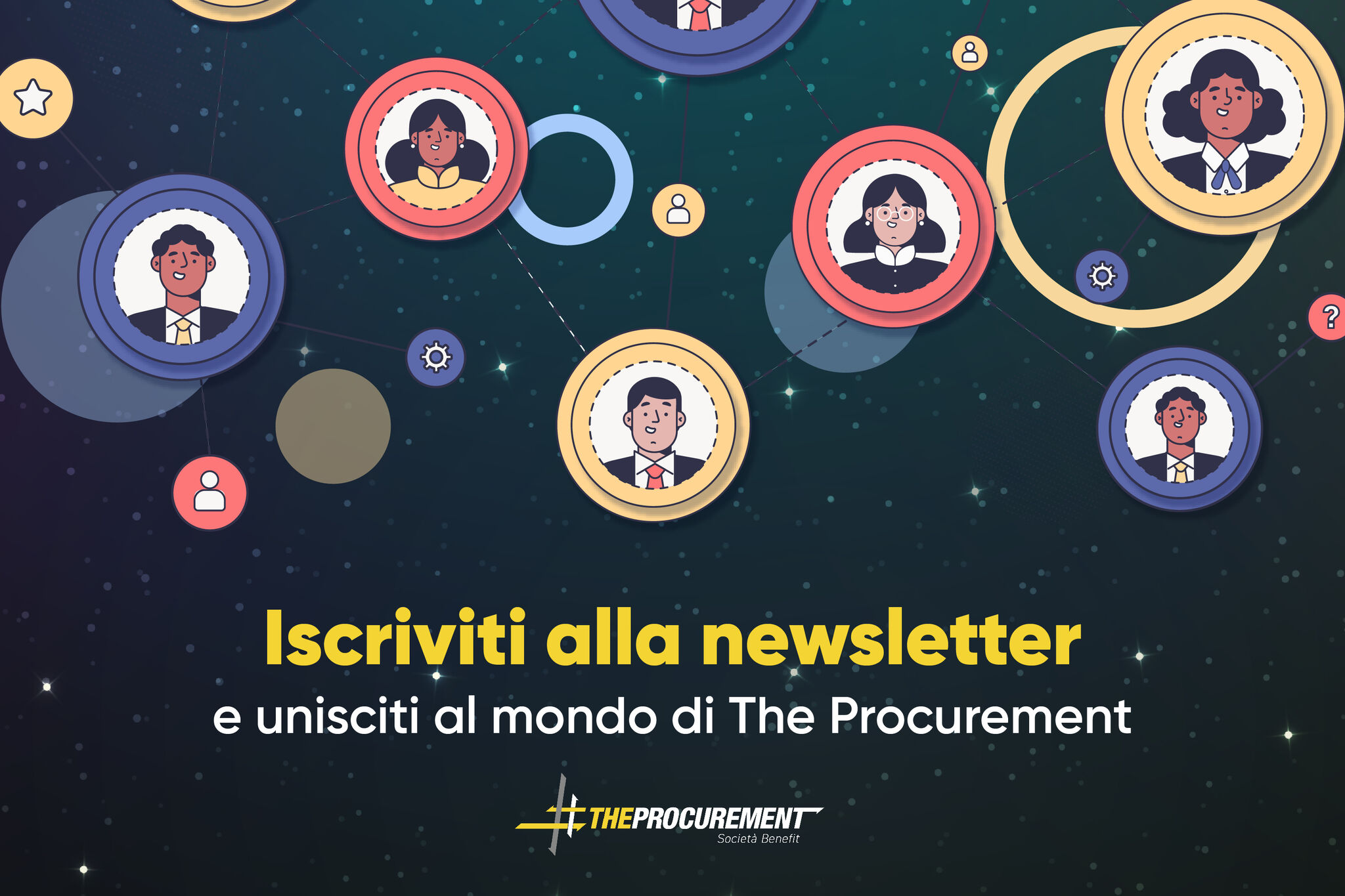Riportiamo l’articolo di Antonio Zarrillo, Logistics Procurement Manager MENA & SSA in Kimberly Clark, pubblicato sul magazine “The Procurement – Il futuro del procurement” (Anno 5 n. 1)
Historically the procurement department has always been considered second place compared to other functions within a company: such as engineering or product managers. We can summarise the approach in a sentence that every buyer has heard at least once in their career: «We have decided to use this supplier because X, Y and Z. Now it is down to you to get the best price». This type of approach leaves the procurement officer with few margins for improvement and few options that can be used to improve the company position in dealing with the supplier.
In some instances, the procurement officer has to deal with a supplier who already knows they will be awarded because they have already worked extensively with the teams on the specification and the only remaining topic to be discussed is the purchasing cost or the payment term. In the above examples we can find areas where procurement is limited to deliver full value and the supplier is already aware that it is probably too costly to have a nodeal because of all the time spent in designing the solution for the requirement.
In recent years we have seen a growing trend in the role of procurement from a transactional to a more strategic role. It has been proven in several organisations and studies have shown the benefit that procurement can deliver in bottom line costs, required by the constant market pressure, and delivering better overall value for the organisation. These developments have been supported by the adoption of a lean supply chain methodology in major organisations, where every single function is part of a chain that ultimately will deliver the total organisation value.
Nowadays procurement must bring into the discussion topics such cost-effectiveness, environmental protection, social risks, compliance with laws and regulations, etc. Moving from purely a price negotiator to the broader concept of category manager enhancing the business edge against the market competitors.
Therefore I would like to focus your attention to one of the most significant transformations that has been happening in procurement and has seen a much faster growth in recent years, which is the adoption of Early Buyer Involvement (Ebi) into the process of decision making and purchasing. I will explore later in this article why this process is so powerful, but beforehand I would like to answer a question that you probably have and I asked myself the first time I heard about EBI.
YES EARLY… BUT HOW EARLY?
As early as possible, that’s it. To deliver the best benefit the procurement officer should be included at the beginning of the project ideally at the design phase, where they can add value into the discussion including knowledge on the market and drive focus on cost, challenging where necessary the requirements.
WHAT ARE THE BENEFITS OF ADOPTING EBI?
Cost savings – The biggest opportunity of savings is usually built into the specifications. Instead of receiving a shopping list, Ebi enables the procurement officer to actually be a part of the team who creates the shopping list, avoiding being bound by specific materials, supplier, location, etc.
Avoid unnecessary bespoke specification – Some functions may request bespoke components to simplify a job that needs to be performed without thinking of the implication of bespoke components. If Ebi is adopted procurement can challenge if this bespoke item is really the most economically viable option to cover that requirement or can a market standard item be used.
Ensures freedom to choose the supplier – Ebi ensures that the procurement officer has the possibility to choose different suppliers to mitigate risks and gain leverage on the supply. This can be done only if the specifications are put together taking into consideration the broader market offer.
Procurement on board means focus on cost – having procurement at the table during the design phase alongside other stakeholders fosters discussions to find the best decisions focusing on cost-effective solutions, other stakeholders may not be so interested to get the best value for money but only focusing to find the best solution to meet the requirements.
Budget control – procurement can control the spend more accurately and timely if involved from the beginning, there is no benefit to include procurement in the process after the budget has been committed as the need will not have been properly evaluated.
Ensuring the correct process is followed – In all organisations it is important to follow the procurement process when purchasing an item or service to ensure the right procedure and compliance checks are adhered to and to guarantee best practices are applied and potential risk minimized, in the event that procurement is not involved during the early stages some steps can be missed causing a potential risk to the organisation.
Supplier knowledge – procurement is constantly in contact with qualified suppliers and periodically meets new suppliers to pre-qualify them in event of future requirements. Having procurement on board at the early stages brings supplier knowledge into the discussions, the procurement officer can advise on the best companies in the current market and future suppliers that the stakeholders should take into consideration. Procurement can be seen as shield to avoid choosing risky suppliers.
Market knowledge – procurement is better placed than other functions within the organisation to understand trends in the market, this can be from their involvement in sector conferences, reports, daily supplier engagement, etc. Ebi ensures that any potential risk or benefit from the market is taken into account, especially in case of long-term and repeatable requirements.
IT SEEMS GREAT, ANY ISSUES?
Including procurement may be felt from the other functions as a threat to deliver their goals and for this reason it is fundamental to have clear, aligned and crossfunctional goals cascading downwards from higher levels into the organisation, in addition the business needs to recognise that it is a change that doesn’t happen overnight but needs to be introduced, tested and adjusted as required to suit each organisation. There is no perfect blueprint that can be used for all businesses but we all should use Ebi and share best practices on how to promote it as a cultural way of working




